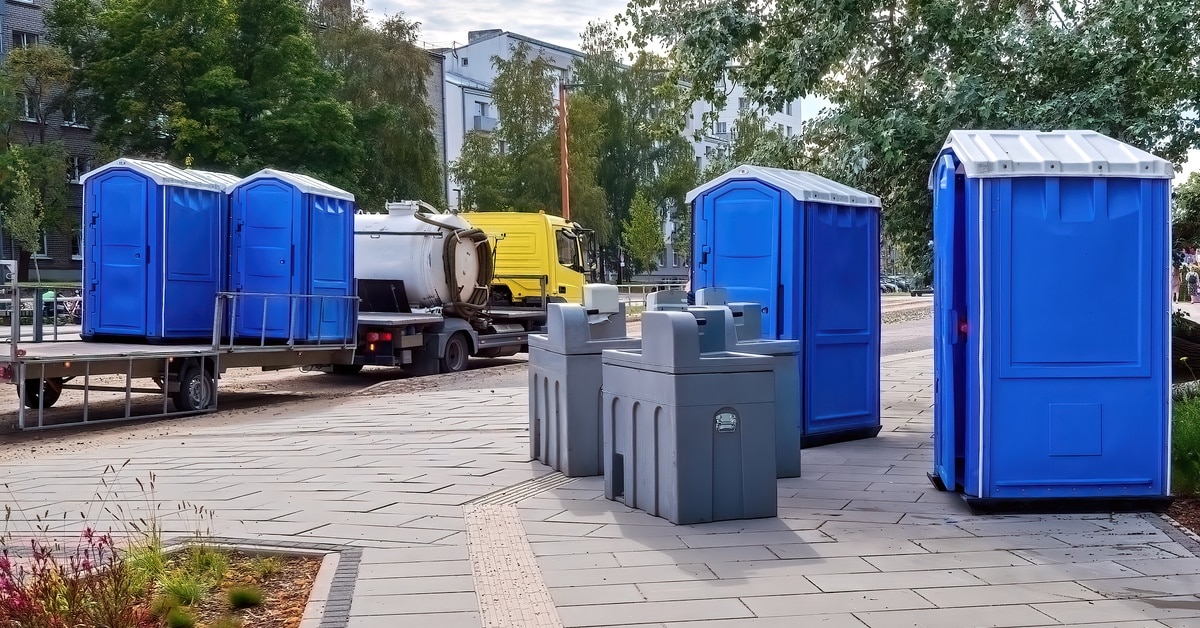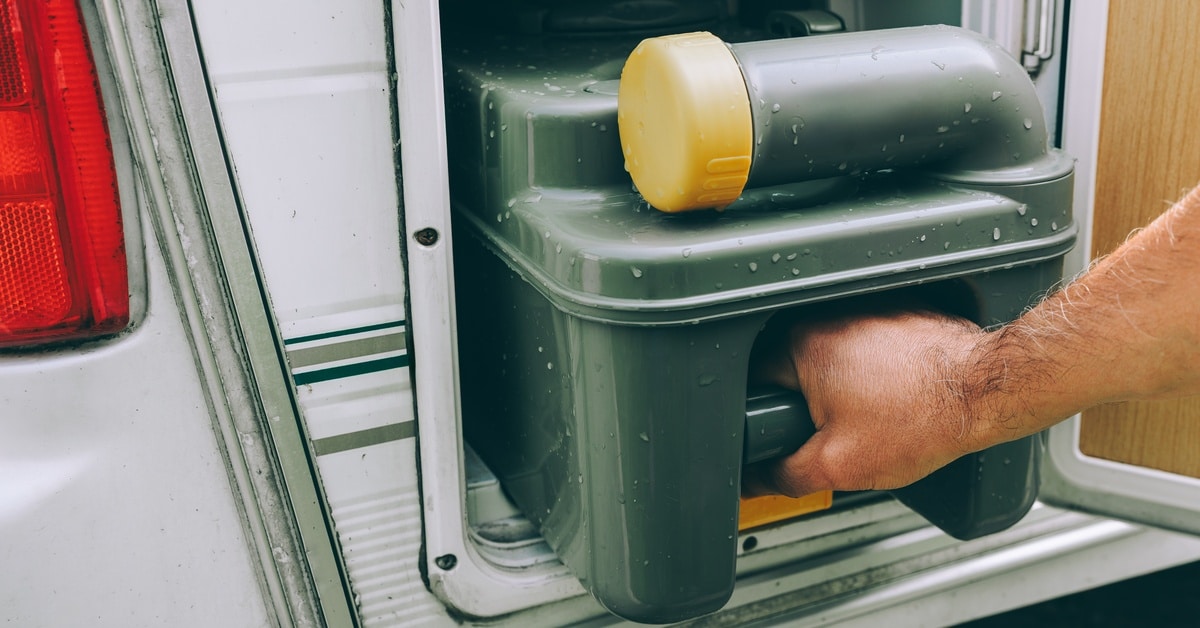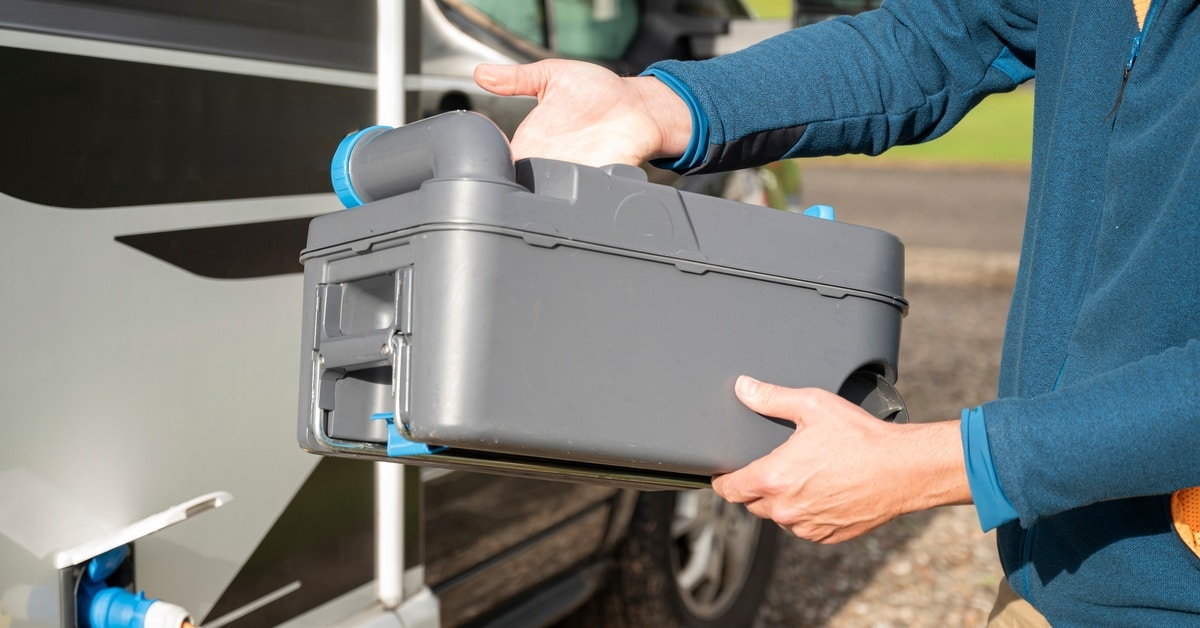When you need waste management that moves with you, portable holding tanks provide the flexibility that traditional septic systems cannot match. These mobile storage units are essential for RV owners, construction crews, and outdoor enthusiasts who require reliable waste containment without permanent infrastructure. Understanding how these tanks operate helps you select the right system and maintain it properly for years of dependable service. A portable holding tank is simply a container designed to safely store wastewater until professionals can dispose of it at an appropriate facility. Their convenience and adaptability make them a go-to solution for temporary or mobile needs. Continue reading to take a look at how a portable holding tank works.
The Essential Components and Design
Portable holding tanks depend on several key components working together to function correctly. The tank itself typically consists of high-density polyethylene, a durable plastic that resists chemicals and temperature fluctuations. This material choice prevents cracking in cold weather and warping under intense summer heat, making it ideal for various environmental conditions.
The inlet port connects directly to your waste source, whether it is an RV toilet or a temporary restroom facility. Most tanks feature threaded connections or rubber gasket systems that create watertight seals to prevent leaks. The outlet port sits at the tank’s lowest point, allowing for complete drainage when you empty the unit. This design is crucial for effective waste removal and cleaning.
Venting systems are critical for preventing pressure buildup and controlling odors. Without proper ventilation, gases can accumulate in the tank, leading to unpleasant odors and potentially unsafe conditions. Most portable tanks include built-in vent caps or ports for external venting systems, allowing gases to escape safely.
Level indicators help you monitor the tank’s capacity without any guesswork. These can range from simple sight gauges that provide a visual check to electronic sensors that alert you when the tank reaches specific fill levels. Knowing your tank’s status helps you prevent overflows and plan emptying schedules efficiently.

How a Portable Holding Tank Works: The Process
Setting up your portable holding tank begins with choosing a level spot on the ground, away from water sources and property lines. Most units include mounting brackets or tie-down points that secure the tank during transport and use. You should position the tank where pump trucks or portable emptying equipment can easily access it for service.
Connecting the tank involves attaching the appropriate fittings to your waste source. RV connections typically use standard three-inch sewer hoses with bayonet or threaded fittings for a secure link. Construction site applications may require adapter fittings to match temporary plumbing systems; check your specific needs.
During operation, waste flows into the tank through the inlet port. Gravity feeds most systems, though some applications use small pump systems for uphill drainage. The tank’s design creates a sealed environment that contains waste and odors while allowing proper venting of gases.
Monitoring becomes crucial as the tank fills. Unlike a larger system, such as a 300-gallon septic tank installation that processes waste on-site, portable tanks simply store material until you empty them. Regular checking prevents overfilling, which can damage your system or create unsanitary conditions. Consistent monitoring is key to smooth operation.
Maintenance and Cleaning
Regular cleaning extends your tank’s life and prevents common problems. After each emptying, you should rinse the interior with clean water. You can also add approved tank treatments that break down solids and control odors. Some owners prefer enzyme-based treatments that naturally break down waste without harsh chemicals.
Sanitizing the tank eliminates harmful bacteria and stubborn odors. Bleach solutions can be effective, but specialized RV tank cleaners often deliver better results without damaging tank materials. You should always follow the manufacturer’s recommendations for cleaning products and concentrations to protect your investment.
A routine inspection helps you catch small problems before they become expensive repairs. Check all fittings for tightness, examine the tank body for cracks or stress marks, and test vent systems for proper airflow. Pay special attention to areas where fittings attach to the tank, as these spots experience the most stress over time.
For proper storage, especially during periods of non-use, you should thoroughly clean and dry the tank. Storing it in a cool, dry place away from direct sunlight will help prolong its lifespan and keep it in good condition for its next use.
Troubleshooting Common Issues
Leaks usually develop at connection points rather than in the tank body itself. You can often stop minor leaks by tightening loose fittings or replacing worn gaskets. If you find cracks in the tank, they may require professional repair or replacement, depending on their size and location.
Clogs typically occur near the inlet ports where solid materials can accumulate. Regular tank treatments help prevent this buildup, but mechanical removal may be necessary at times. You should never use harsh chemicals or sharp tools that might damage the tank when trying to clear a clog.
Odor control requires attention to both the venting system and the tank treatments. Blocked vents can trap gases inside the tank, leading to unpleasant smells. Insufficient treatment allows bacterial growth that also produces odors. Maintaining both aspects will keep your setup fresh.

Why Use Portable Holding Tanks?
Portable holding tanks offer significant environmental protection by preventing ground contamination that can occur with inadequate waste management. They also present cost savings by avoiding the high expenses associated with permanent installations. This avoidance makes them a smart financial choice for many temporary situations.
The convenience factor appeals to many users who need a mobile solution. Whether you are camping off-grid or managing a remote construction project, portable tanks adapt to your changing needs without requiring extensive permits or permanent modifications to the site. Their ease of transport and setup is a major advantage.
Proper use of portable holding tanks also reduces the environmental footprint associated with waste disposal. By securely containing waste and minimizing potential leaks, they prevent harmful substances from seeping into soil and groundwater. This prevention is particularly critical in sensitive ecosystems where contamination can have long-term consequences.
The Right Choice for Your Needs
Portable holding tanks provide reliable waste management when permanent systems are impractical or unavailable. Their straightforward operation and minimal maintenance requirements make them suitable for a wide range of applications, from recreational vehicles to temporary work sites. When you choose a quality tank with the appropriate capacity for your needs and follow proper maintenance procedures, you can expect years of trouble-free service. These tanks offer a dependable and flexible solution for managing waste on the go.
Floods Royal Flush is the company you need to turn to for all your septic tank 300-gallon needs. These rentals are perfect for portable restrooms on construction sites, at corporate events, or even at weddings. Contact us today to discover how we can help you find the right rental for your event.

